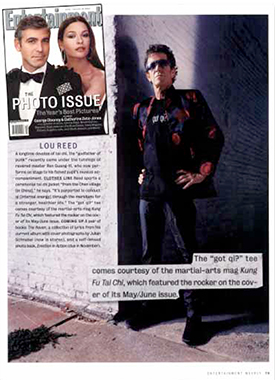
It isn’t very often that I delve into Family lore in written form. Most often they relate to formative experiences around the acquisition and collection of comic books. But I suspect some may recall stories I’ve told of my father; the tailor. Perhaps they were tales of the Manhattan garment district, with allusions to political clients or designing Olympic ski wear. More likely they were social media posts or even photos of the custom tailored jackets and coats I grew up in. In the Lugo family is was tradition that a new coat would herald the beginning of the school year for my siblings and I. Sometimes these insulated winter coats would have to wait until the cold mornings of autumn to be worn. On alternate years the jackets would be made of a much lighter material, wind-breakers my father would call them, often they included detachable hoods.
Though I could not see it at the time, my father had very cutting edge innovations which he would happily work into the design of such coats not matter the details of our specifications. They often included a variety of hidden pockets, reversible linings and selections from his enormous collection of patches. The uniqueness of said patches were also a source of friction during those adolescent days where anything that would cause one to stand out ran contrary to the schoolyard survival tactic of fitting in. But those insecurities would be mollified once a formula for intimating pop-culture icons or sensibilities was discovered. When Evel Knievel was popular, my jacket sported the stars & stripes which cannily reflected the national bicentennial of 1976. Once Star Wars came out my winter coat was made of space-aged silver with a padded hood and the black accents worthy of any aspiring astronaut or space bounty hunter.
As anyone who’s survive in New York’s public high-school of the time will likely know; unorthodox fashion choices could be a risky proposition. A new coat with the start of each school year was still the norm, but now more than ever, it was imperative that they meet strict style guidelines. Fortunately, so long as no bullies took a close look at identifying labels, the outer wear of my sister and I were perfect replicas of the denim and bomber jackets in vogue at the time. It was also in this environment where my burgeoning graffiti art skills earned me extra cash by way of custom painted sneakers (usually Adidas shell-tops) and jackets.

Graduation from high-school also brought liberation from its sometimes perilous demands of conformity with the local norms. Enrollment in University and art-school unleashed the possibilities for self-expression and the associated experimentation. Flitting from hip-hop to new-wave to tie-died to dread-locked to industrial-Gothic and even Viking were all made easier by access to father’s sewing machines.
Finding work with a local silk-screening company became an almost inevitable next step. In addition to the countless designs done for local radio stations, pizzerias and little league teams, access to such technology allowed me to print my own artwork on T-shirts. This resource became invaluable to the side-hustle that would finance several summers of the full-time raving that would become a career in event promotion and eventually night-club design.

Leaving New York for the greener pastures and golden hills of California meant leaving most of my belongings in the care of friends and family, including all of my hand-tailored outfits and most of the T-shirts which feature my artwork. A few choice samples did make their way west hidden within the pages of one portfolio case or another. Upon arrival in California, land of opportunity, I had my pick between two jobs. One was a design position at a local silk-screening company, the other, seemed less creative at first glance but could potentially be multifaceted design position at the martial arts equipment manufacturer called TIGER CLAW. A look at that featured image at the very start of this post should reveal where the choice lead me. I can go into more details another time.
Discover more from
Subscribe to get the latest posts sent to your email.
